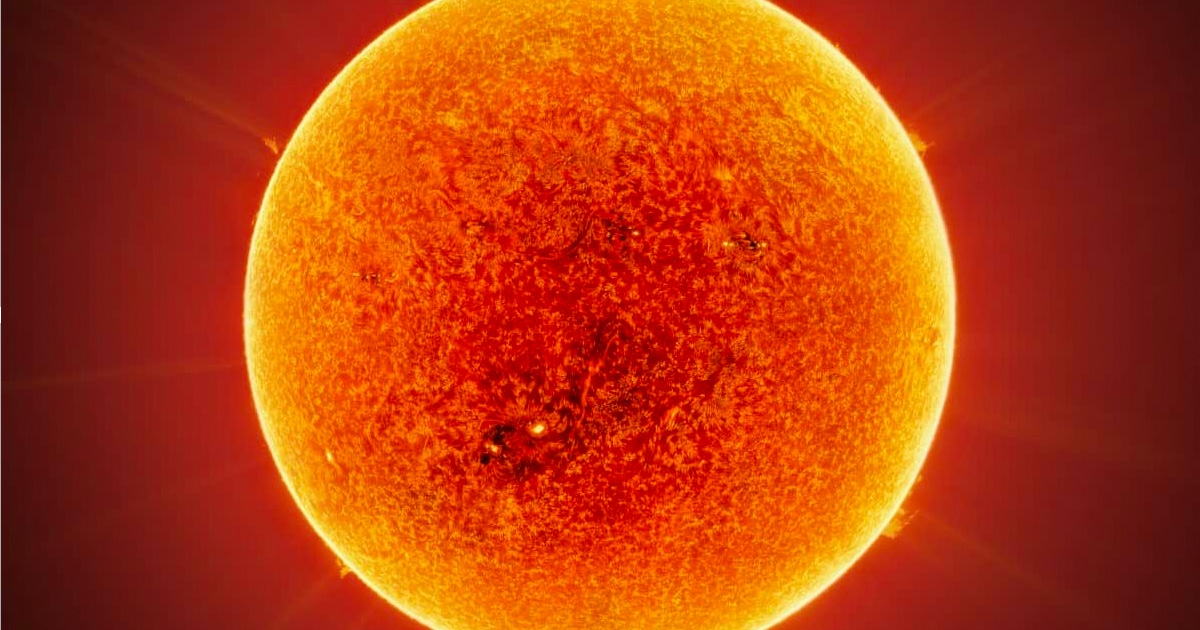Te Tiriti o Waitangi
2021 - Textile (Textile)
85 x 55 cm
Nikau Hindin
Maori barkcloth making is the central artistic form in the Pacific, and still at the core of cultural expression in many Pacific countries. However, Maori barkcloth making ceased to be practiced in the nineteenth century, at the same time as the arrival of European colonists. Completed barkcloth works often represent another complex Pacific Indigenous accomplishment, the sophisticated system of celestial mapping used in the cross-Pacific navigation that led to the expansion of a vivid pan-Pacific civilisation, thriving before colonial disruption. The work thus draws its power and meaning simultaneously in the represented content, in the material production, and the significance of reviving and pursuing this crucial Pacific art form. Hindin sees her practice as a highly political act of cultural resistance. Te Tiriti o Waitangi by Nikau Hindin is part of a series of works titled Kokorangi ki Kokowai : From Celestial Bodies to the Earth , which culminates Hindin’s unique research on M?ori barkcloth over the past six years. This work is a map featuring a fine system of striated markings that encode celestial charts of ocean navigation based on Maori astrology. The work directly confronts tradition with innovation, considering what marks might reflect Maori systems of knowledge. The celestial map painted on the barkcloth is the sky as it was seen in New Zealand on a particular day in the calendar, February 6, 1840, the day of the signing of the Treaty of Waitangi. While part of the process of colonization of New Zealand, the Treaty, which has always remained in force in the country, is the central document in the Maori political struggle, as it acknowledged Maori sovereignty in the new colony. In the past decades, its power has only been reinforced by formal references to its clauses as part of the constitutional process of decolonizing New Zealand.
Through her art practice, Nikau Hindin revives the Maori artform of barkcloth making. The material process produces a soft, thick, slightly textured fabric, so named because it has a rough surface like that of tree bark. Hindin practices this artform according to its traditional logic, while inscribing it into broader contemporary art discourses. Hindin produces all of the technological aspects in her barkcloth making process; from the cultivation of the plants, extraction of the cloth, fabrication of her wooden tools, production of her pigments, and the final painting of the work.
Colors:
Related works sharing similar palette
» see more

© » KADIST
Mika Tajima
2017Mika Tajima’s Pranayama sculptures are built from carved wood and chromed Jacuzzi jets and are presented as artefacts...
Related works found in the same semantic group
» see more

© » KADIST
Adriana Martínez
2015Her 2015 work Orión is a black flag-like cloth with glow-in-the-dark symbols embroidered in the shape of the constellation...






